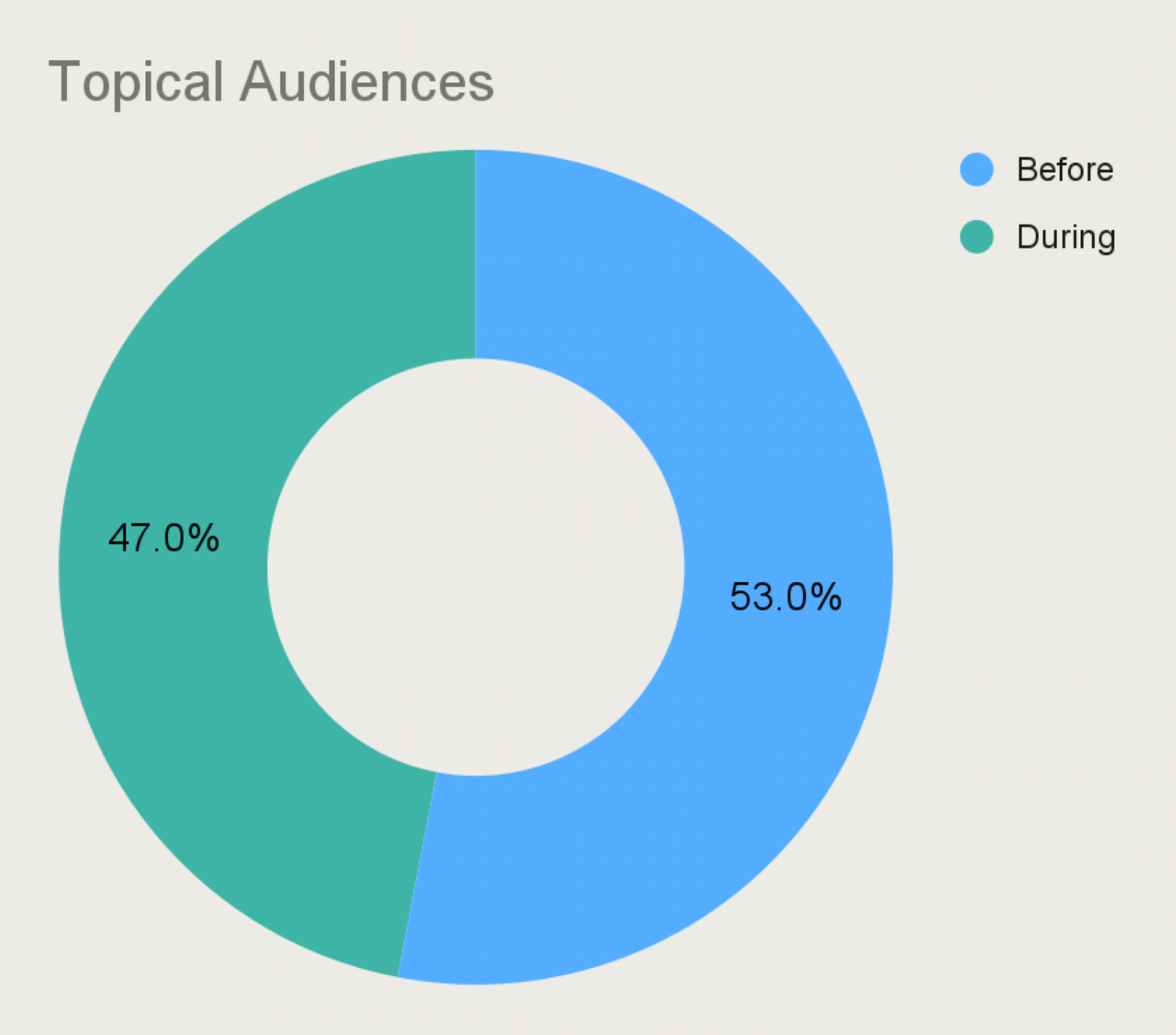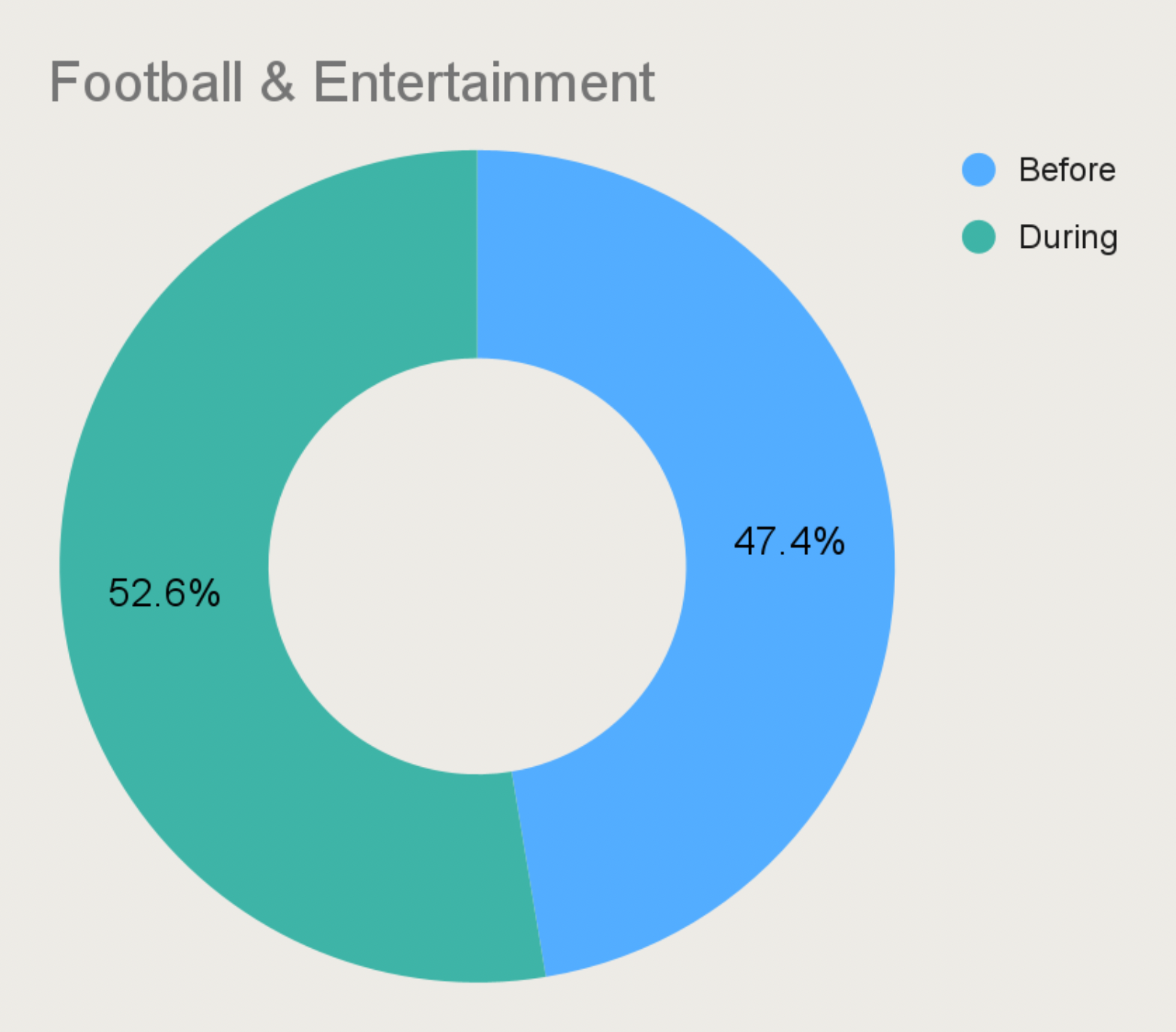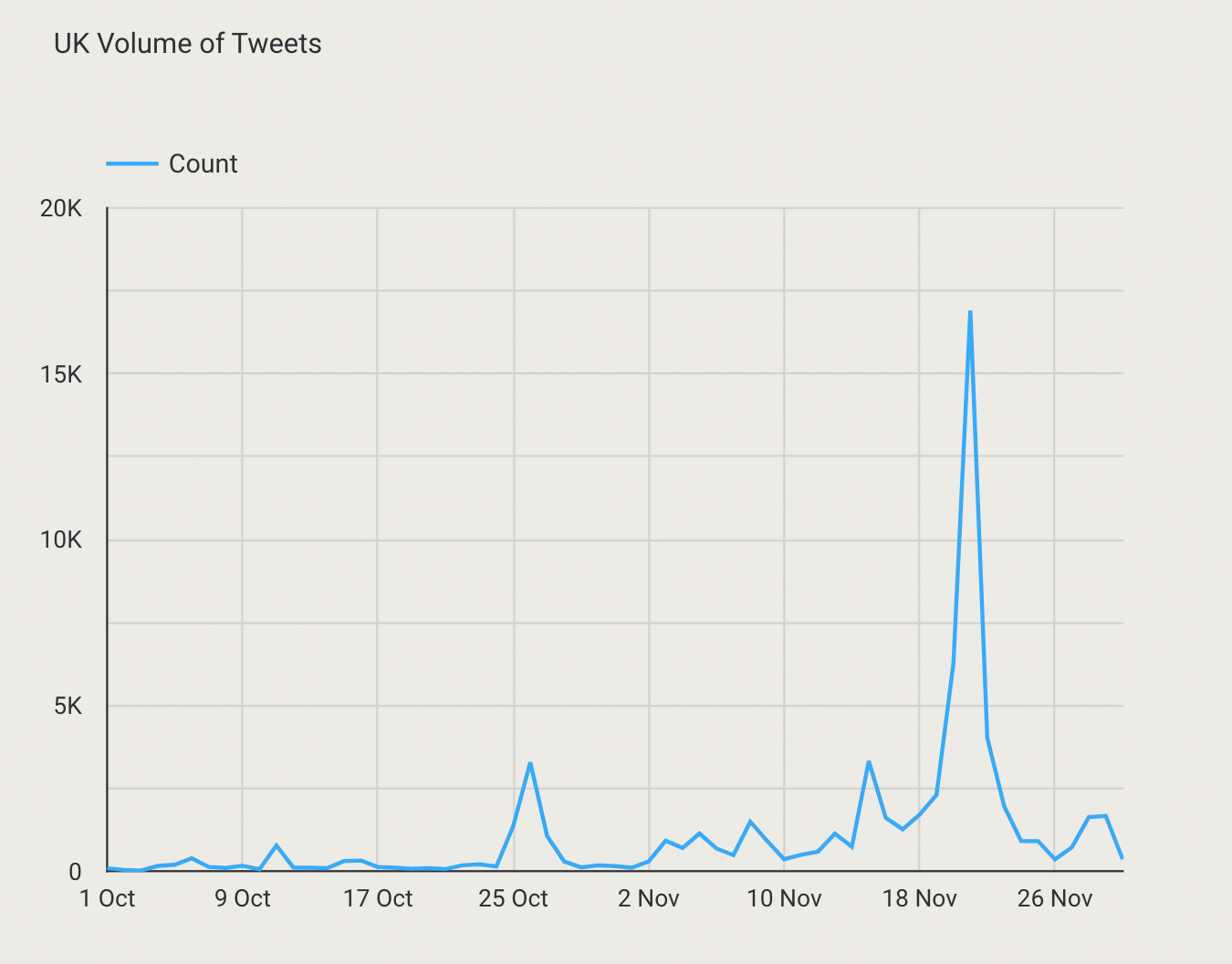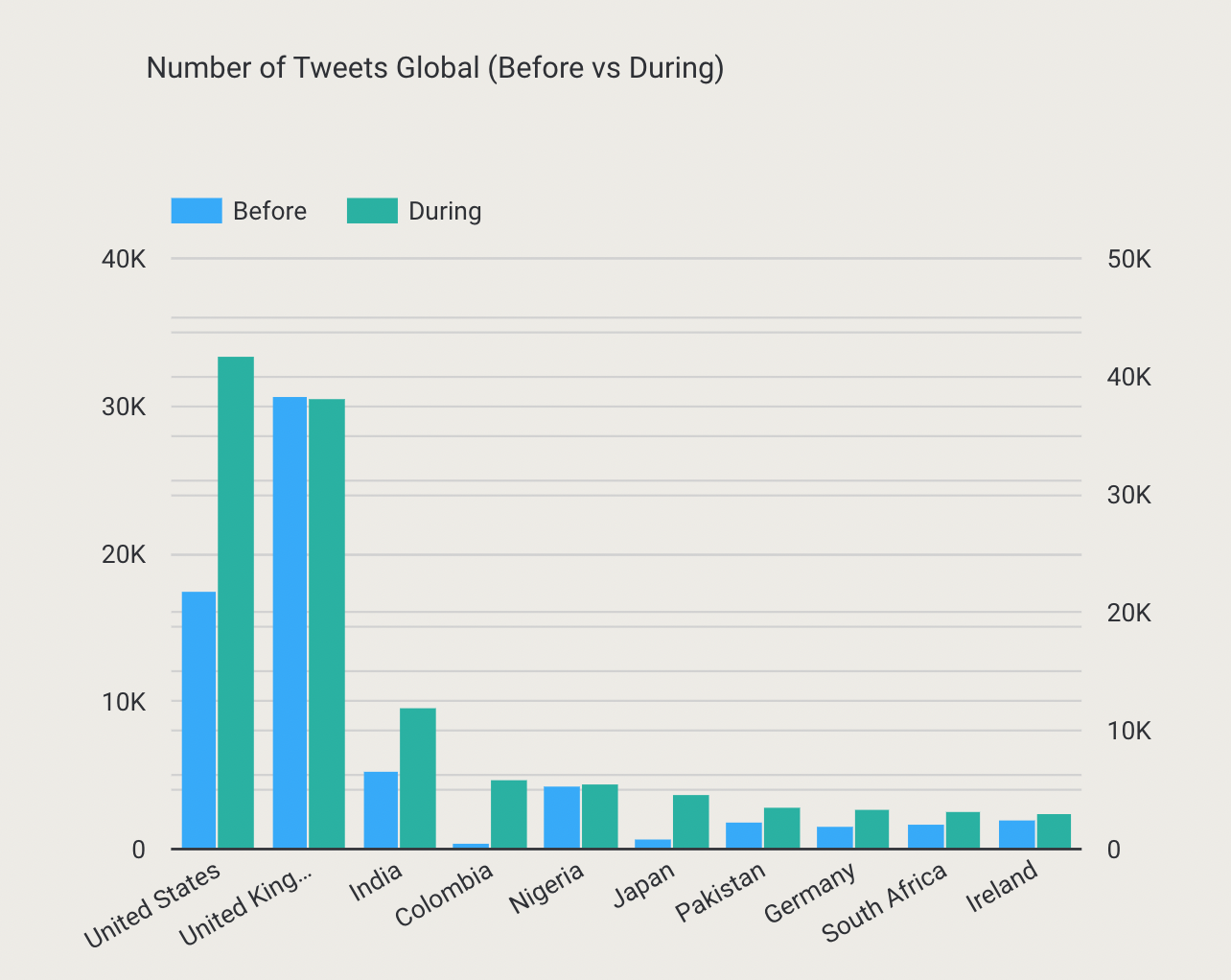With more than half the world tuning in to the 2018 World Cup, it’s safe to say that anticipation for the 2022 tournament was bound to be high. But after several controversies surrounding host country Qatar, including anti LGBTQ+ laws, poor working conditions for migrant workers, and corruption among Fifa officials, new conversations have come to light that involve more than just football.
Social commentary surrounding the tournament has been leading the headlines and we ran a study to understand who initially engaged in the discussion and how it has changed over the course of the live games.
Methodology
Our analysis used social listening data to compare the volume of tweets focusing on the Qatar controversy with those about the tournament itself. Our goal was to discover if the sport ultimately drowned out the controversy once the games started and to understand the specific audiences engaged in the World Cup discussion.
Audience Insights
Initially we learned that contrary to our hypothesis, there was a constant rise in awareness of the social and political controversies, easily competing with football-focused conversations.
Our study also revealed a clear split between the various audiences involved in the social conversation. The two major groups that emerged were Football & Entertainment Fans and Topical Audiences.
Football Fans are, as expected, the largest tribe in this study. As supporters of the sport, this group is largely involved in the major events and discussions surrounding the games. Demographically, we see this group is largely based in the UK. They follow the leading sports news accounts and influencers in the industry and their top categories involve most facets of sports, from football to golf to general coaching.
The Topical audiences are those considered social justice advocates and are involved in the World Cup controversies from a social activist standpoint rather than as a typical football fan. Some tribes that made up this group were LGBTQ+ Advocates, Sophisticated Professionals and Social Progressives, which ended up being our second largest tribe overall. This audience is fully entrenched in social and political issues, which is why they’ve taken such a heavy interest in the issues attached with the Qatar World Cup.


Timeline
When comparing the conversation before and during the world cup, there was a clear shift in the audiences involved. Our topical audiences, mainly social progressives, made up more of the conversation pre-tournament. This is likely because this group was more aware of the issues through the channels they follow, as their primary interests and motivations lie with advocacy and politics & news.
However, once the World Cup began, the conversation turned more mainstream. As football and entertainment fans became directly engaged with the content in question, their involvement in discussions surrounding the controversies increased. An example of this can be seen in the large spike in conversation when the decision to not allow teams to play with the one-love armband went mainstream directly at the start of the tournament. In fact, the increase in audience involvement with the controversy can be seen across the globe.


Conclusion
As it turns out, our results disprove our initial hypothesis as the discussion around the controversy not only remained relevant, but actually increased as football fans gained more awareness of the issues through watching the tournament. Based on these insights, it may be worth analysing these audiences further to see how the conversation progresses once the tournament is over. Will football fans continue to get involved? Will Social Progressives dominate the conversation? Or will the discussion fizzle out entirely once it is no longer in the mainstream?
Want to learn more about how Fifty can help you reach your changing audience? Get in touch with our sales team at [email protected] or book a demo directly with our team.






































